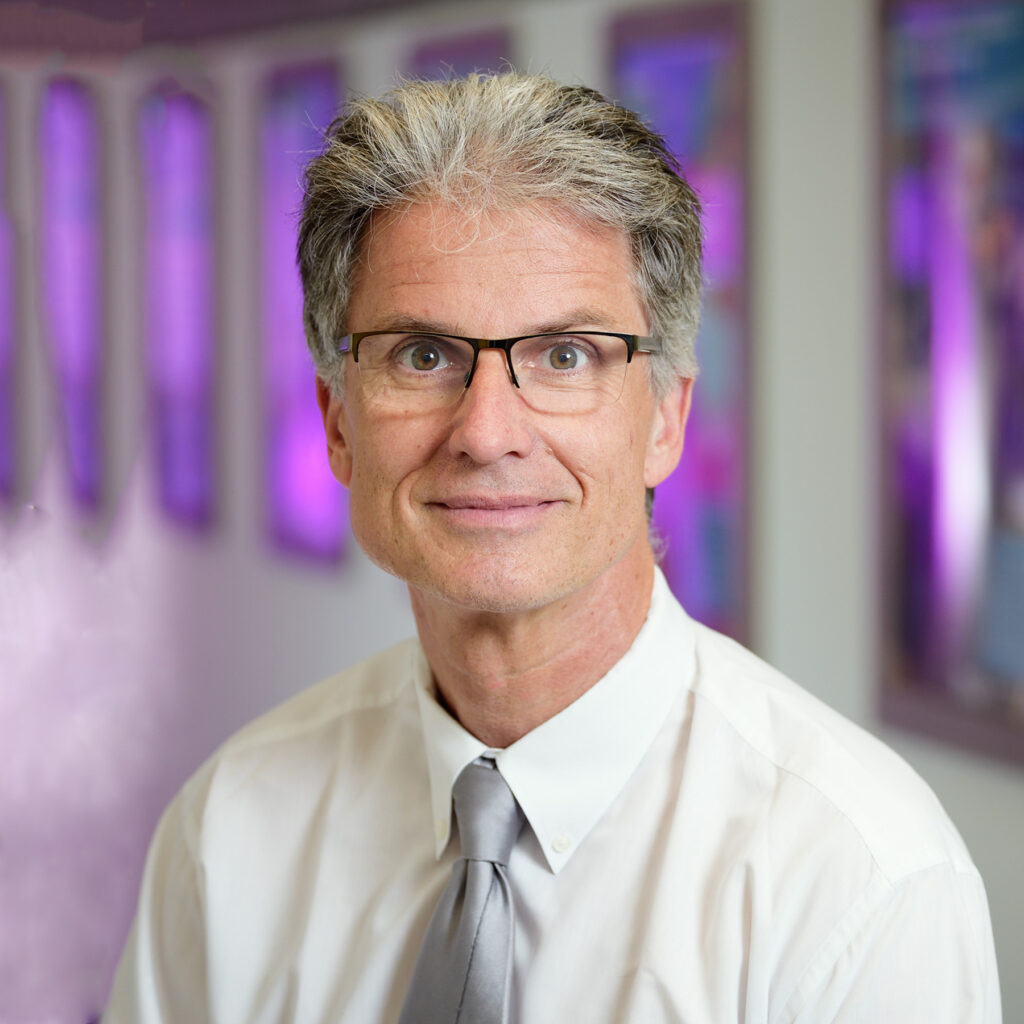Eating healthily and getting enough exercise are often the first two habits that we abandon when we are too busy. And we do this even though our diaries continue to fill up with engagements. According to TU/e professor Aarnout Brombacher,this provides a strong case for encouraging a healthy lifestyle in the workplace. Together with his team, he has been collecting data and gathering information about interventions that are used in this field. On 23 November, he will share his insights at the Preventive Health Conference, titled Accelerating Cooperation to Stop Overweight and Obesity.
“Our lives are getting busier, and work has increasingly become a part of our private life, especially since the advent of COVID-19. In the past, we would occasionally do some reading for work when we got home, but these days it’s quite normal to log on to the computer in the evening and answer a few emails. Unfortunately, this is the present reality, but it also works the other way around: you can incorporate more free time into your work, for example by taking more frequent breaks or by holding walking meetings,” explains Brombacher.

As Professor of Design Theory and Information Flow Analysis at TU Eindhoven, Brombacher researches how people behave and how healthy behaviour can be encouraged in the workplace, which includes looking at solutions for highly stressed professionals and people with chronic diseases such as obesity. “Measurements are very important, because there’s often a difference between perception and reality. You need to know the facts if you’re going to design an effective intervention.”
On-body and near-body sensors
Brombacher: “We collect data by using ‘on-body’ and ‘near-body’ sensors. ‘On-body’ measurements are taken by using a device such as a smartwatch, which measures a person’s heart rate or tracks their movement, while ‘near-body’ measurements may involve measuring the air quality or the amount of light in an office. An increased heart rate while you’re sitting at your desk, for example, will often indicate stress. These types of sensors allow us to collect extremely accurate information, but they also present privacy challenges. We obviously handle this information very carefully, because it’s the autonomy of the person in question that is paramount, as opposed to the interests of the boss.”
Brombacher and his colleagues use the data that they have obtained to develop interventions for healthier behaviour: “These are always non-intrusive or non-disruptive interventions. Examples of these types of interventions may include a light in your office that changes automatically, a signal that is given off in the meeting room when CO2 levels are too high or a signal from your smartwatch that lets you know that it’s time to do some exercise. After all, computers that can only be unlocked after ten squats are a thing of the past.”
Working together
Brombacher: “When it comes to converting the data into beneficial and effective interventions, we work closely with sociologists and psychologists. But this also poses the question of how we can reach the people who need these kinds of interventions the most (who also often happen to be the people who put up the most resistance). It’s easy to preach to the converted, but it won’t provide the greatest social impact.”
“That’s why it’s so important for professionals from different disciplines to work together. In my profession, I mainly seek the collaboration of social scientists, medics and people from the business community, so that we can work together to explore how those people who are facing the greatest health risks can be reached, how they can be motivated to live healthier lives and how business processes can be optimised for the sake of healthier employees. I therefore believe that the ‘Work Environment of the Future’ panel discussion at the ‘Accelerating Cooperation to Stop Overweight and Obesity’ conference will serve as a steppingstone towards new solutions and collaborations.”
Want to know more about the conference ‘Accelerating cooperation to stop overweight and obesity’? Read the full program here.